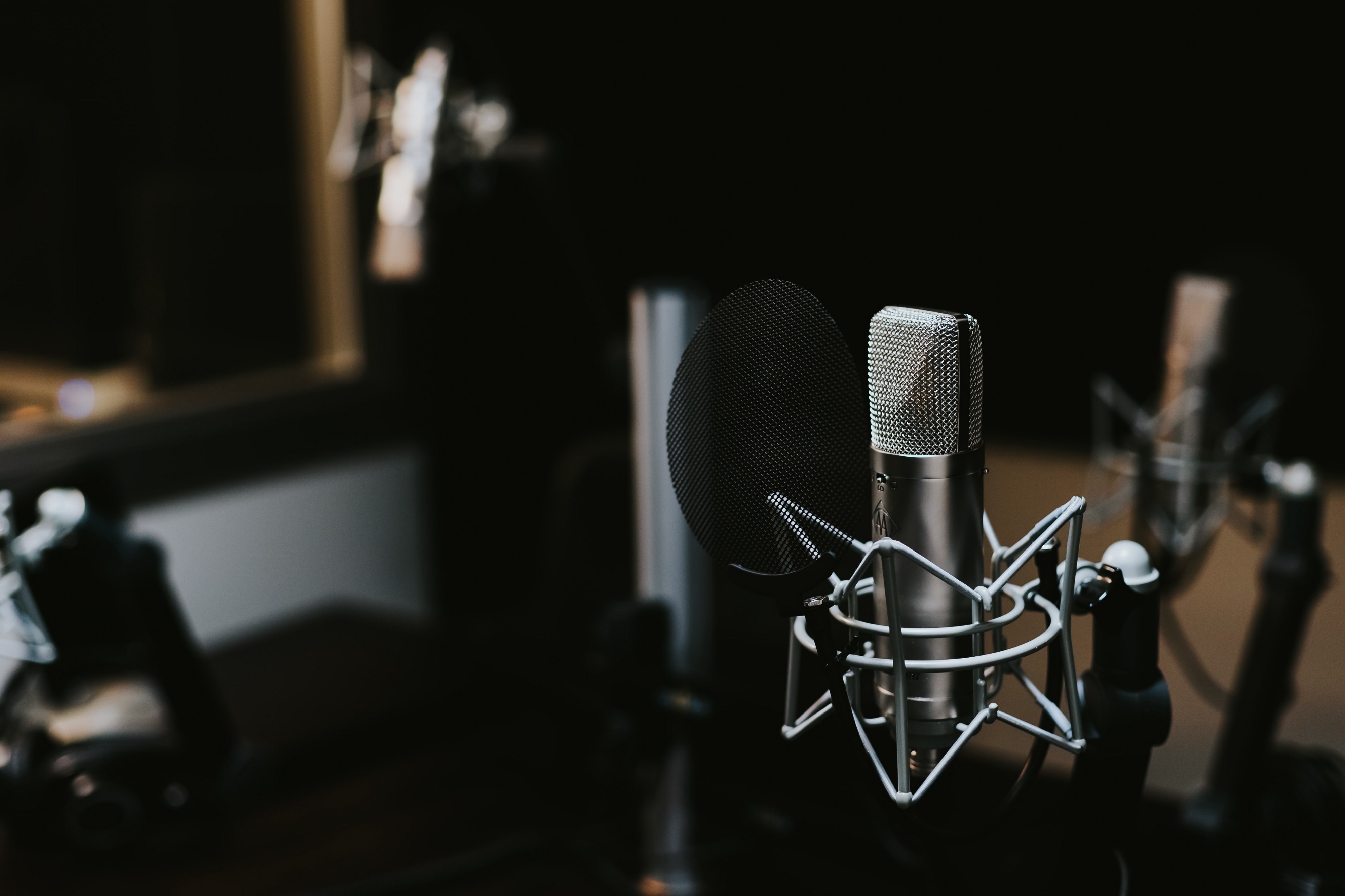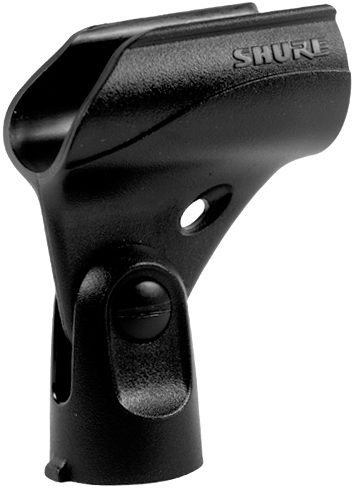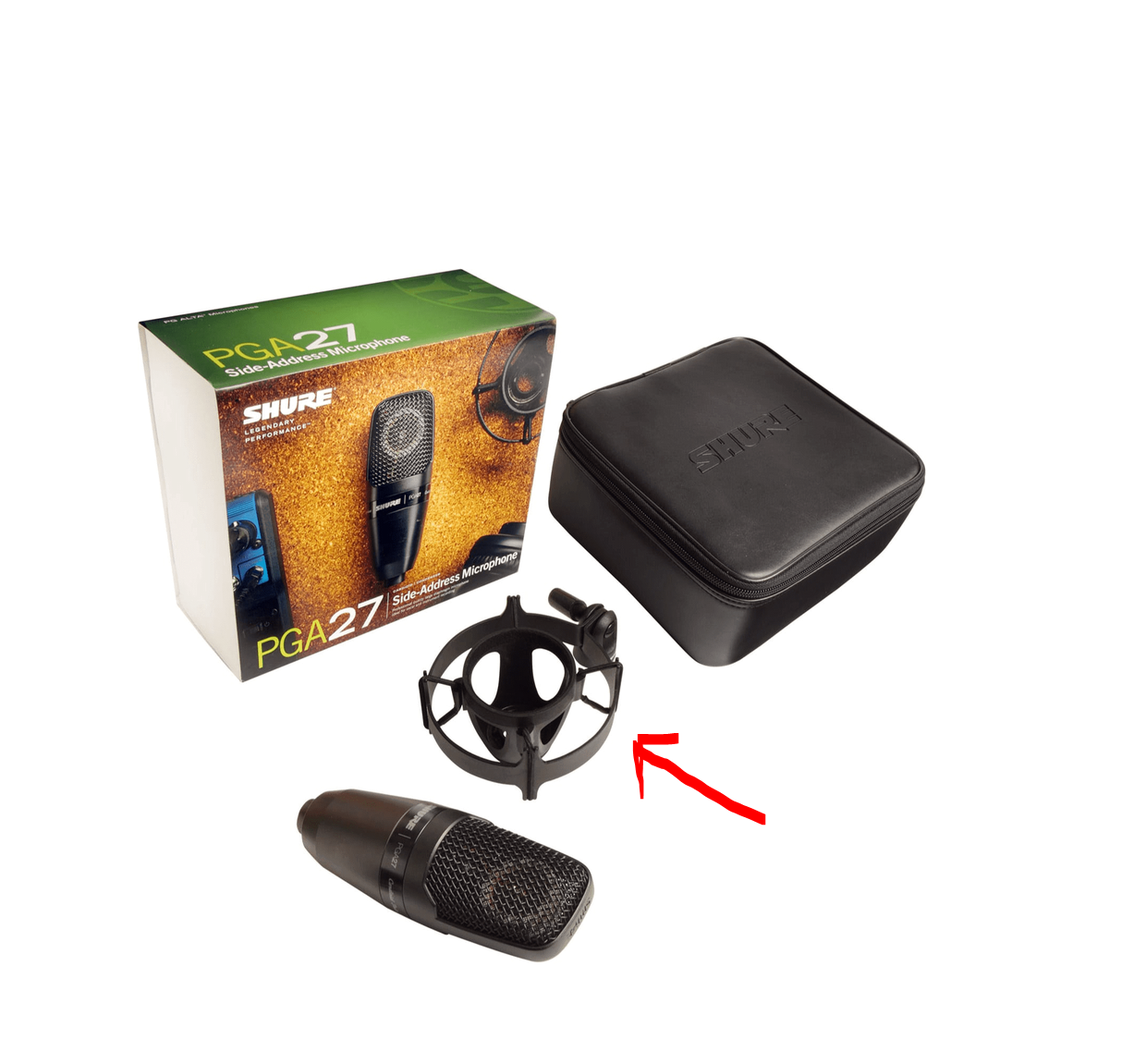The problem with podcasting, if there is one, is that it?s a medium put together by tinkering amateurs. Creative and clever folks (I was one of them) who used their wits to ?figure it out? when it came to creating ?good audio?.
Before I continue I want to make something clear: I?m an elitist ? no doubt, guilty as charged. This article is written from that vantage point. The takeaway here is my desire to see you master you craft so well that you don?t need training wheels. Pop-filters, shockmounts, and post-production wizardry are all ways of keeping you from polishing the metaphorical raw stone of your talent. Do not avoid effort, seek it out and transform it into mastery. Shortcuts are fine, but better learned after you know the path.
Very few of the podcaster from 2005?2018(~) were audio professionals. The result of this is that many of the ?thought leaders? in the podcasting space know what works, but probably not why it works or, better said, whether or not ?what works? is the only way things could work.
This drives me bonkers because I see a lot of advice being given ? about this or that ? which is part wrong and part completely unnecessary. Two of those pieces of advice (and which I see daily) are:
- Don?t forget your pop-filter! and
- You really NEED a shockmount!
Neither of these pieces of advice, if taken seriously, will negatively effect the quality of your podcast one iota, but they are both complete nonsense from a practical standpoint and they are rooted in a podcast production ideology that doesn?t help anyone become competent ? and that ideology is: FIX IT IN POST.
Why you don?t need a pop-filter
Pop-filters are intended to reduce the impact of plosives on microphone diaphragms.
Quick question for you: where do you see pop-filters in the wild?
Think about it.
Do you see a pop-filter here?

How about here?

But you do see it here:

What do you notice about that environment, though? It?s not a stage is it? It?s not your living room either. That?s a recording studio.
Now, to avoid it being pointed out in the comments, all of these mics have internal ?pop-filters? in the form of thin foam lining the inside of the grill. The ones which don?t, have, well, the grill itself.
Pop-filters exist to reduce plosives, but in studio environments. Because, in studio environments you?re aiming for as little environmental noise as possible. You?re aiming for pristine audio. This means there are times where you could be a mere inch from the mic and those plosives are going to have the potential to be extreme.
A little factoid for you: for every doubling of your distance from the mic, you reduced loudness by 6dB. So when you?re whispering you may be very close, but when you?re shouting you may be a foot away. The further back you are the more the gain has to be increased to make you intelligible? the more you crank the gain, the more of the room you hear. You see where this is going.
The reason you do not need pop-filters in non-studio environments is that you?re not trying to achieve studio quality sound outside of a studio (or space setup to be like one) and because you absolutely cannot anyway.
But you?ll still get plosives!
Yeah. 100% you will. So how do you fix that? People will tell you to get a pop-filter, and YES, that will fix it, but you know what would fix it for $0 and less awkward bulk in your setup?
Turning your mic 45-degrees so you?re not speaking directly into the damn thing.
That?s free.
Speak across the capsule, not into it. Keep the mic at 6-inches and a 45-degree offset and you?ll never need a pop-filter.
Why you don?t need a shockmount (probably)
Shockmounts look cool. They really transform your setup from looking like a ?mic on a stick? to something much more grown up and professional ? as an aesthetic benefit, I totally get it. But as a podcaster, you don?t need them. Rather, there?s a really good chance you don?t need them.
Shockmounts are meant to isolate your microphone from kinetic energy. If I slam my fist on the table, the resulting vibrations which make it to the mic?s diaphragm were caused by physical movement.
Recording studios deal with this in two primary ways:
- Floating their floors so that, for example, vibrations that hit the building from a passing freight train are kept isolated from the floor upon which all the instruments and microphones are resting. We do this to the walls as well. Think of this a shockmount for the room or building.
- Using various solutions to protect sensitive equipment from being impacted by vibration. Like shockmounts for microphones.
See if you can guess the difference I?m thinking of between these two images:


Sure, studio vs. not studio? but look at the microphones. The top one is a condenser microphone while the bottom is a dynamic microphone.
Condenser microphones, due to their fidelity and sensitivity, are ?made? for in-studio work (because studios are designed to be acoustically lovely). As a result, they are not made with ?live? applications in mind ? they are not intended to be bumped around, banged, dropped, or spat into. They are booth microphones. And while I?m bending the facts a bit to fit my own narrative here, the fact remains: when you see a musician in-studio, and they are in a booth, they are almost always speaking into a condenser microphone.
BUT, if they are in a larger studio area, like a room where they can jam out with the rest of their band (drummer, guitarist, bassist, etc), they are almost certainly not. They are almost always using a dynamic microphone designed for live vocals. The SE V7, the Shure SM58 and Super 55 are some examples. (I think the mic?s above are Sennheiser e935?s)
Condenser microphones are also used in live applications, especially in more controlled venues featuring operatic performances, piano concerts, or orchestral ensembles (again, fidelity and sensitivity), but there?s almost no reason whatsoever to use a Dynamic microphone in a studio environment unless (as I said) you are playing in a room with others.
Why?
The first Condenser microphone was created in1916. The Ribbon mic followed in 1920-ish. The Dynamic microphone appeared nearly 20-years after Condenser microphones in 1931.
The dynamic mic was such a breakthrough because, unlike the condenser mic, it needed no power to operate. And, because it?s worth noting, unlike the ribbon mic, it was more rugged and required less effort to keep in working condition. So dynamic microphones quickly became the mic of choice for almost everyone in live audio? and that informed the way future dynamic mics would be built: with live sound in mind.
When you order a dynamic mic, you almost always get one of these:

Whereas when you order a condenser mic, you almost always get one of these:

Because Shure (and almost every other manufacturer) builds dynamic microphones with live in mind. Because if you?re live, you?re almost always physically handling the mic. Most dynamic mics are made to handle kinetic energy because most use-cases for dynamic mics are in non-studio locations with lots of moving around ? whether that?s physical handling noise, mic stand bumps, or stage vibration.
So why don?t you need a shockmount? Because, if you?ve purchased the right mic and stay mindful of your movements, the effect of a shockmount won?t be necessary.
And this cuts back to that FIX IT IN POST ideology.
Fix nothing in post, fix yourself instead
Leaning on technology and the engineering talent of your post-production person is a sure fire way to remain incompetent as a craftsman. You are using these things as excuses for why you don?t have to master your mic technique (see: why you don?t need pop-filters) or learn more about the science behind your creative medium. This is the audio equivalent of knowing how to shoot a good photo vs. shooting a crappy photo and making it good in Adobe Lightroom or Photoshop.
The end result is the same, perhaps, but one way you?re mastering your craft and the other way you?re exercising willful ignorance and utilizing technology to obscure that fact.
Yeah, you?re still good at technology? but is that what you want to be good at? Fixing things? Wouldn?t you rather be good at making things that don?t need to be fixed?
The ideology you should subscribe to is: this is my craft, I have a responsibility to take the mastering of it seriously.
That?s your maxim.


